Parachute Regiment is an elite infantry unit of the Indian Army. Para SF Units and their roles. It has a total of 14 Battalions in which 9 battalions are Special Forces and 5 battalions are Para Airborne Units. Every SF has specific roles and unique training to operate under specified adverse conditions.
Para SF Units and their roles
1 Para SF – Red Devils
It is the oldest unit of the Parachute Regiment Indian Army. The unit was raised in 1761 and was converted into SF in 1978. The unit is specialized in Urban Warfare and tactical needs.
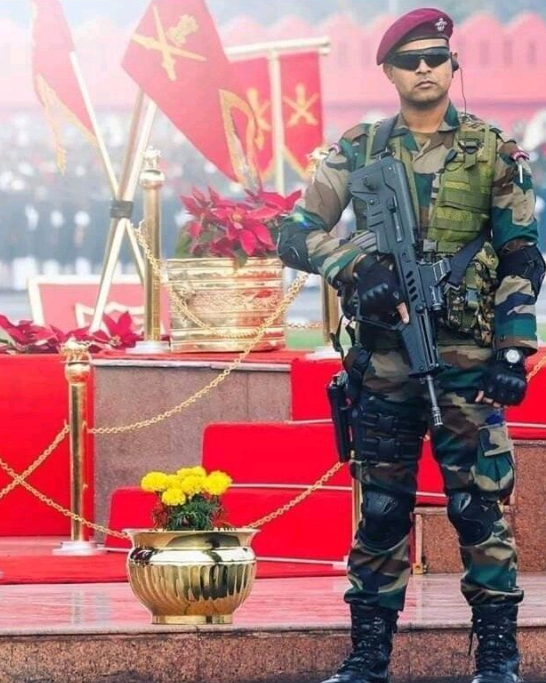
2 Para SF – Predators
The unit was raised in 1797 as 3rd battalion of Maratha Light Infantry and was converted to SF in 2000. The unit is specialized in Mountain Warfare and Counter Insurgency/Counter Terrorism operations.
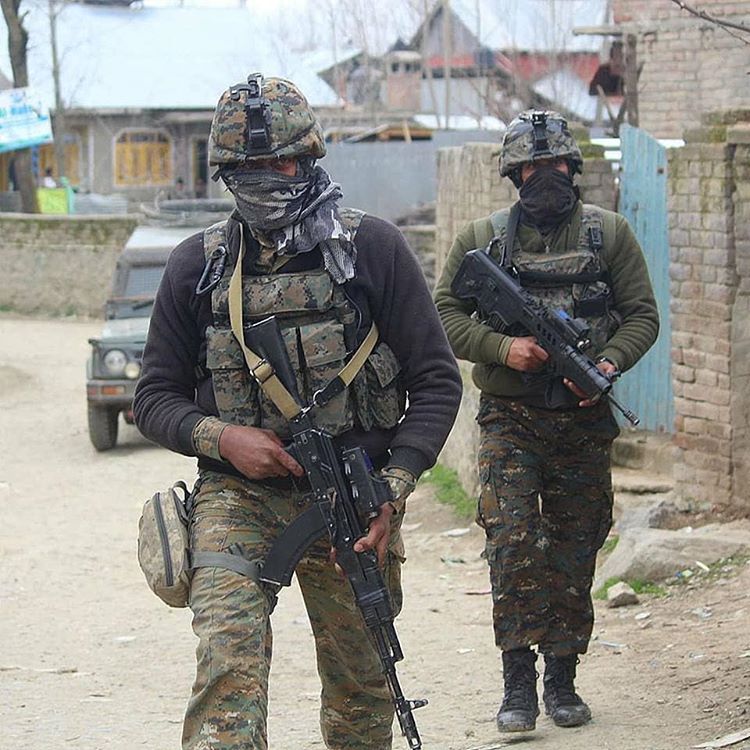
3 Para SF – Russel’s Viper
The unit was raised in 1813 as 1st battalion of Kumaon regiment and was converted to SF in 2002. The unit is specialized in Desert Warfare.
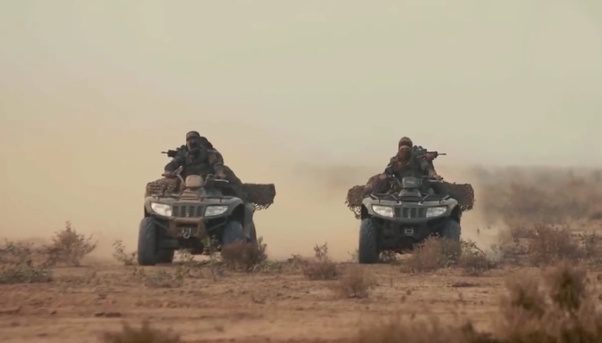
4 Para SF – Daggers
The unit was raised in 1961 as Para Airborne unit and was converted to SF in 2003. The unit is specialized in Mountain Warfare and Counter-Insurgency/Counter-Terrorism operations. The unit also actively took part in Surgical Strikes in 2016.
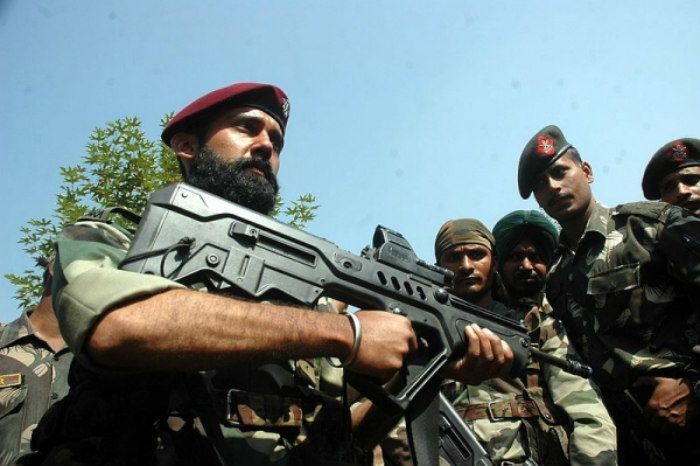
9 Para SF – Pirates
The unit was raised in 1966 as 9th Parachute Commando Battalion and now it is known as 9 Para SF. The unit is specialized in Mountain Warfare and Counter Insurgency/Counter Terrorism operations. The unit also actively took part in Surgical Strikes along with 4 Para SF in 2016.
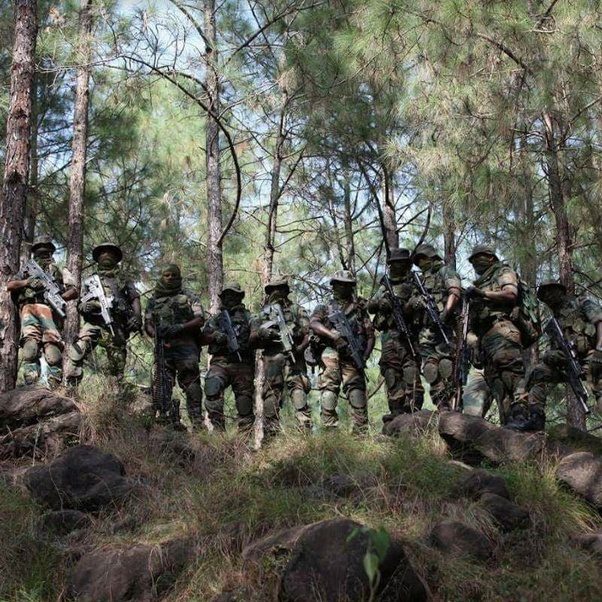
10 Para SF – Desert Scorpions
The unit was raised in 1967 as 10th Parachute Commando Battalion as sister unit of 9 Para SF. The unit is specialized in Desert Warfare and Counter Insurgency/Counter Terrorism operations.
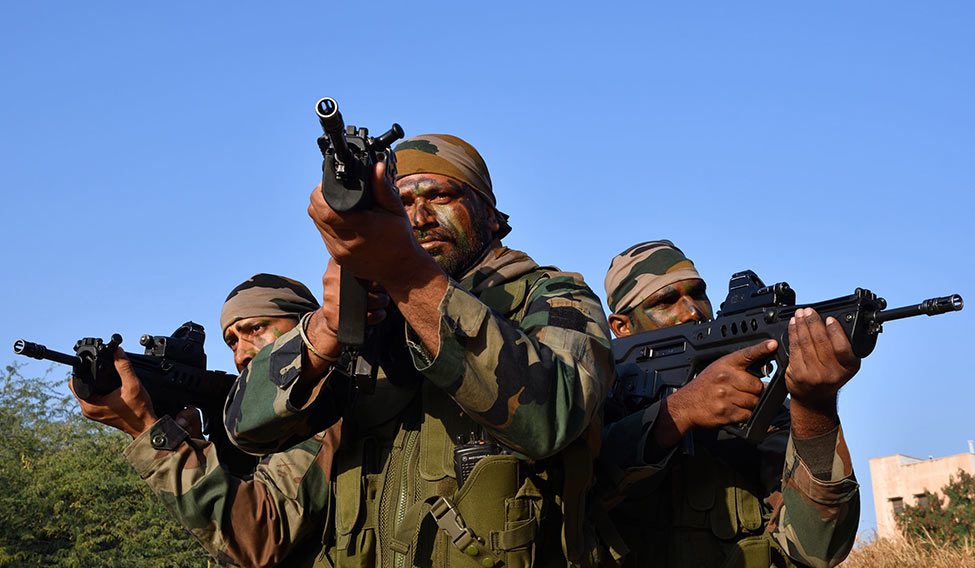
11 Para SF – Vipers
The unit was raised in 2011 as a new Special Forces unit. The unit is specialized in Jungle Warfare and Counter Insurgency/Counter Terrorism operations.
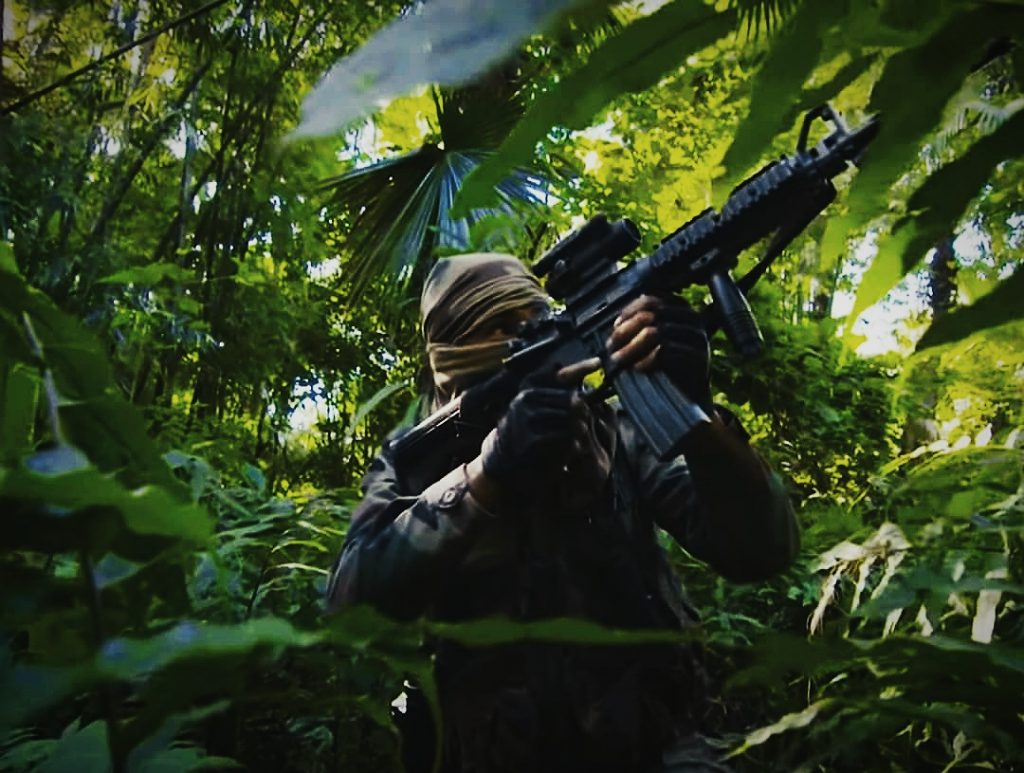
12 Para SF – Dirty Dozens
The unit was raised in 2011 from 23rd Battalion Rajputana Rifles as was designated as Special Forces unit. Jungle Warfare, Mountain Warfare and Counter Insurgency/Counter Terrorism operations.
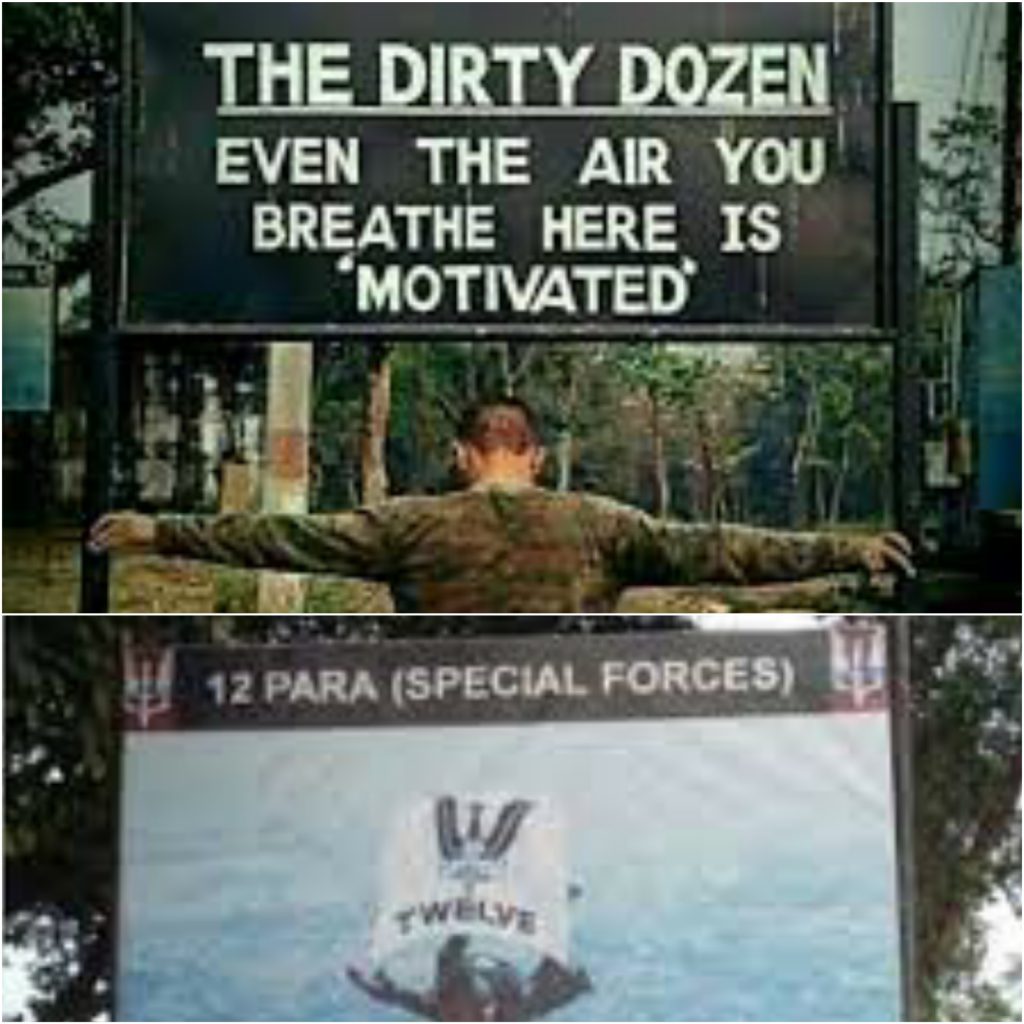
21 Para SF – Waghnaks
The unit was raised in 1985 as 21st Battalion of Maratha Light Infantry and was converted to SF in 1996. The unit is specialized in Jungle Warfare, Mountain Warfare and Counter Insurgency/Counter Terrorism operations.
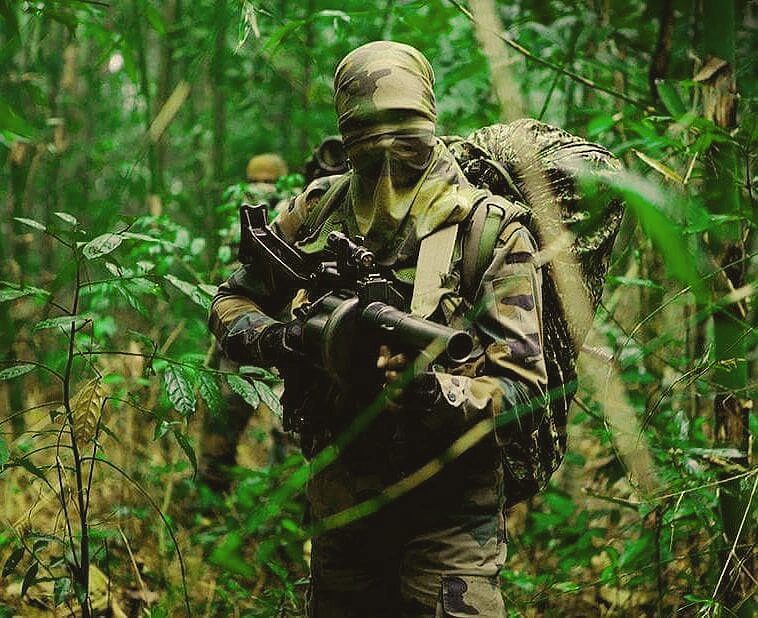
The other unit 5 Para, 6 Para, 7 Para, 23 Para and 29 Para are the Airborne Units. The unit doesn’t specialize in any particular roles but is trained in Airborne assault, Raids on Artillery positions, Anti – Hijacking Operations…..etc. The parachute regiment has two territorial army battalions i.e. 106 Para and 116 Para units.
Apart from these Para units, there other Airborne Units of other Corps and Services under the 50th Independent Parachute Brigade.
9 & 17 Parachute Field Regiments
60 Para Field Hospital
411 Para Field Company – Engineers
622 ASC Parachute Composite Company
Para Brigade Ordnance and Singal Company
2 Para Field EME Workshop
252 Para Air Defence Battery
Also Read: Training of Para Special Forces Operatives – All You Need To Know


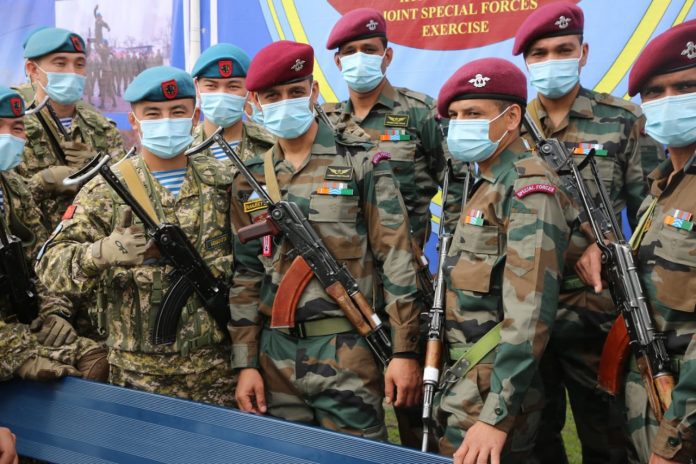


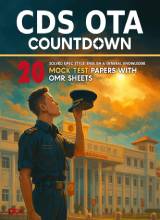
 Order Now on Amazon
Order Now on Amazon

Thank you, buddy for publishing this blog aiding in our preparation. Best Luck!
Share the Article with your friends. All the best!
Are 5 Para, 6 Para, 7 Para, 23 Para and 29 Para and so on, also special forces?
1. If 2 Para SF is trained for mountain warfare, what is it doing in South India as it’s permanent location?
2. 12 Para SF is a new raising, in 2013. 23 RajRif converted to 23 Para Bn.
3. Para Brigade Ordnance Field Park and Signal Company are two different units.
4. Red Devils is a nickname for all paratroopers, and that too British. The term originated during WW2 when the Germans nicknamed them “Die roten Teufel,” which literally means, ‘The Red Devils’. Indians adopted the nickname as we were an integral part of the British airborne forces till 1947, wearing the same cap badges and formation insignia (Pegasus) till 1952, the only difference being INDIA written on a scroll on both.
5. The Para Brigade also has a Provost Unit, as also the PBG whose operational role is that of pathfinders, to mark the drop zone where the main force is to land.
1. If 2 Para SF is trained for mountain warfare, what is it doing in South India as it’s permanent location?
2. 12 Para SF is a new raising, in 2013. 23 RajRif converted to 23 Para Bn.
3. Para Brigade Ordnance Field Park and Signal Company are two different units.
4. Red Devils is a nickname for all paratroopers, and that too British. The term originated during WW2 when the Germans nicknamed them “Die roten Teufel,” which literally means, ‘The Red Devils’. Indians adopted the nickname as we were an integral part of the British airborne forces till 1947, wearing the same cap badges and formation insignia (Pegasus) till 1952, the only difference being INDIA written on a scroll on both.
5. The Para Brigade also has a Provost Unit, as also the PBG whose operational role is that of pathfinders, to mark the drop zone where the main force is to land.
1. If 2 Para SF is trained for mountain warfare, what is it doing in South India as it’s permanent location?
2. 12 Para SF is a new raising, in 2013. 23 RajRif converted to 23 Para Bn.
3. Para Brigade Ordnance Field Park and Signal Company are two different units.
4. Red Devils is a nickname for all paratroopers, and that too British. The term originated during WW2 when the Germans nicknamed them “Die roten Teufel,” which literally means, ‘The Red Devils’. Indians adopted the nickname as we were an integral part of the British airborne forces till 1947, wearing the same cap badges and formation insignia (Pegasus) till 1952, the only difference being INDIA written on a scroll on both.
5. The Para Brigade also has a Provost Unit, as also the PBG whose operational role is that of pathfinders, to mark the drop zone where the main force is to land…
1. If 2 Para SF is trained for mountain warfare, what is it doing in South India as it’s permanent location?
2. 12 Para SF is a new raising, in 2013. 23 RajRif converted to 23 Para Bn.
3. Para Brigade Ordnance Field Park and Signal Company are two different units.
4. Red Devils is a nickname for all paratroopers, and that too British. The term originated during WW2 when the Germans nicknamed them “Die roten Teufel,” which literally means, ‘The Red Devils’. Indians adopted the nickname as we were an integral part of the British airborne forces till 1947, wearing the same cap badges and formation insignia (Pegasus) till 1952, the only difference being INDIA written on a scroll on both.
5. The Para Brigade also has a Provost Unit, as also the PBG whose operational role is that of pathfinders, to mark the drop zone where the main force is to land.